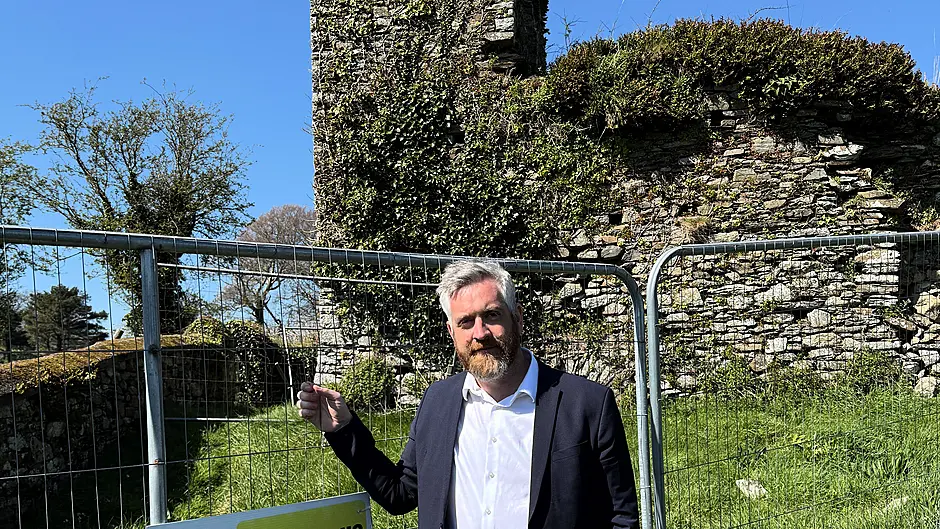THREE historic sites in West Cork, including the ruins of the medieval Franciscan friary in Timoleague, are to benefit from national funding aimed at protecting these important archaeological monuments.
Nationally, the sum of €7.5m has been earmarked for 122 projects, but the three projects to secure support in West Cork includes an allocation of €24,784 for the ruined Franciscan friary in Timoleague, which is located on the banks of the Argideen River, overlooking Courtmacsherry Bay.
In nearby Rathbarry, the sum of €30,000 has been allocated to secure masonry ruins, while a conservation management plan for St Mary’s Church in Schull is to benefit from an allocation of
€24,784.
Minister of State for Nature, Heritage, and Biodiversity, Christopher O’Sullivan TD, said the level of funding secured throughout Cork county amounts to €590,000 for 12 key projects, under the 2025 Community Monuments Fund. This funding is part of a €7.5 million national investment aimed at conserving and enhancing Ireland’s archaeological heritage.
The Clonakilty TD said that the funding, which coincides with World Heritage Day on April 18th, will not only preserve our historic sites but also create local employment, support traditional skills, and enhance public access to these treasures.
‘These grants will ensure that Cork’s rich archaeological heritage from Shandon to Schull, is preserved and can be accessed for future generations,’ he added.
Each of the three West Cork projects are important to their respective communities. The friary in Timoleague, for example is one of the few early Franciscan foundations with extensive remains in Ireland.
The buildings present many interesting features and some intriguing quirks, such as the mysterious wall passages and the tall arches on each side of the choir. Also of note is the fifteenth century inserted tower, a typical example of a Franciscan bell-tower.
The cellars in the east range are another notable feature as one of them leads down to an outbuilding that would have opened directly onto the river, allowing for ships to deliver fish or other goods to the friary.








